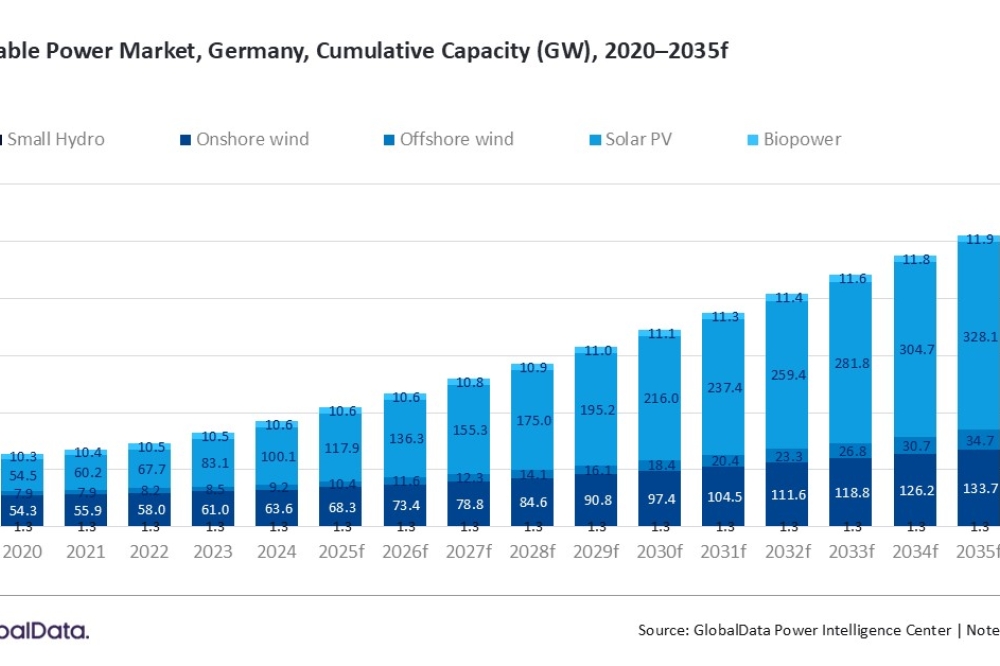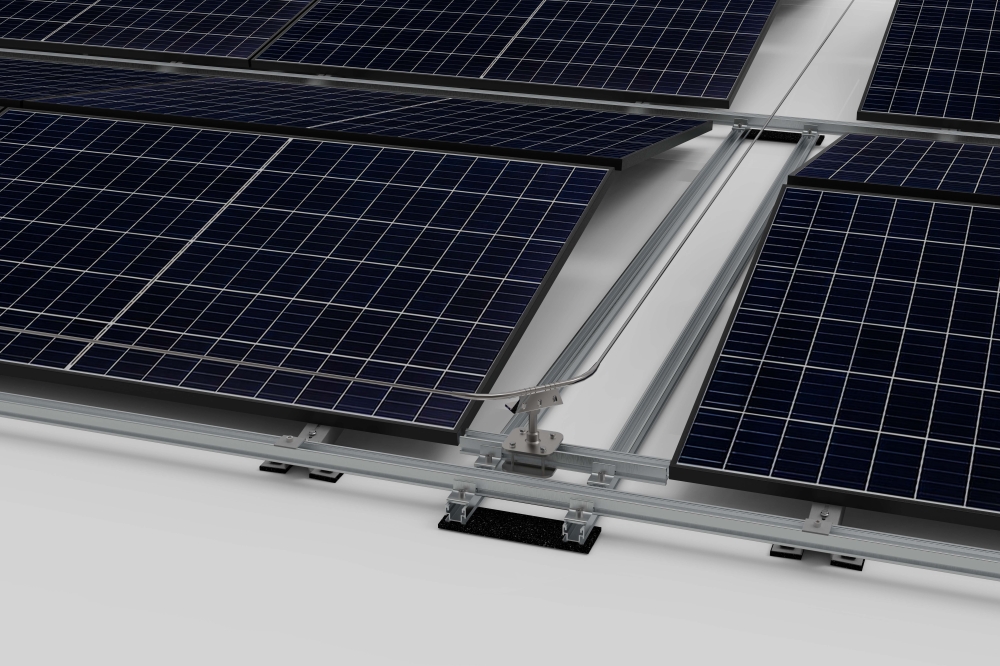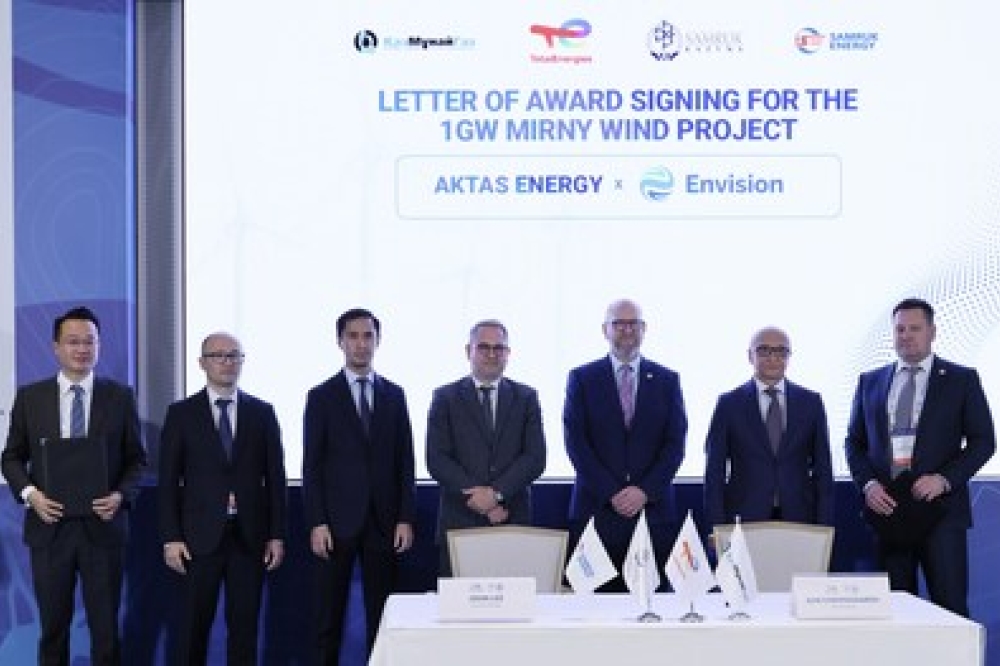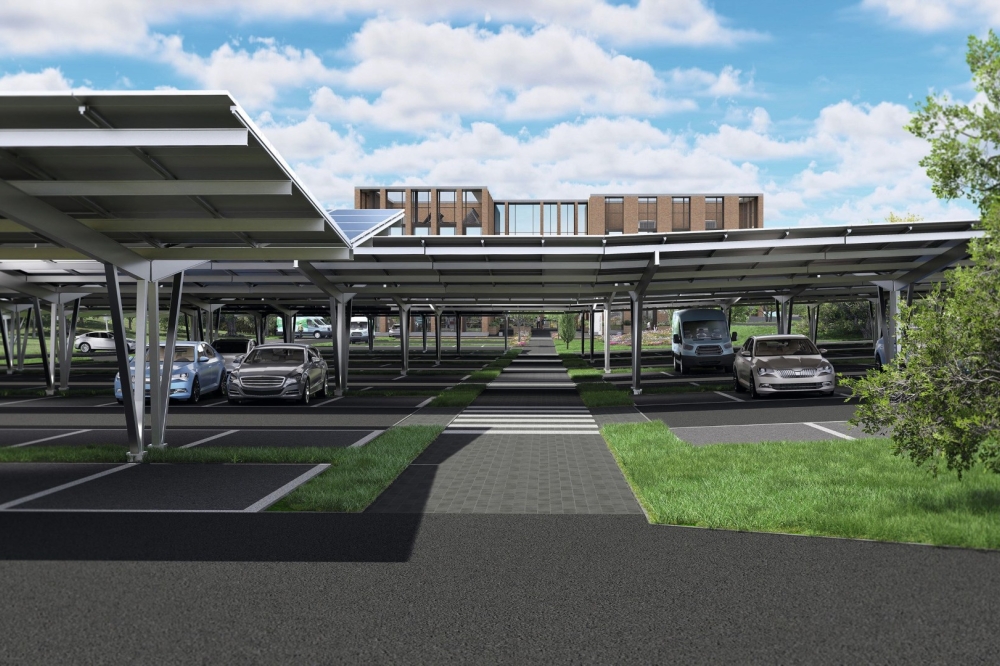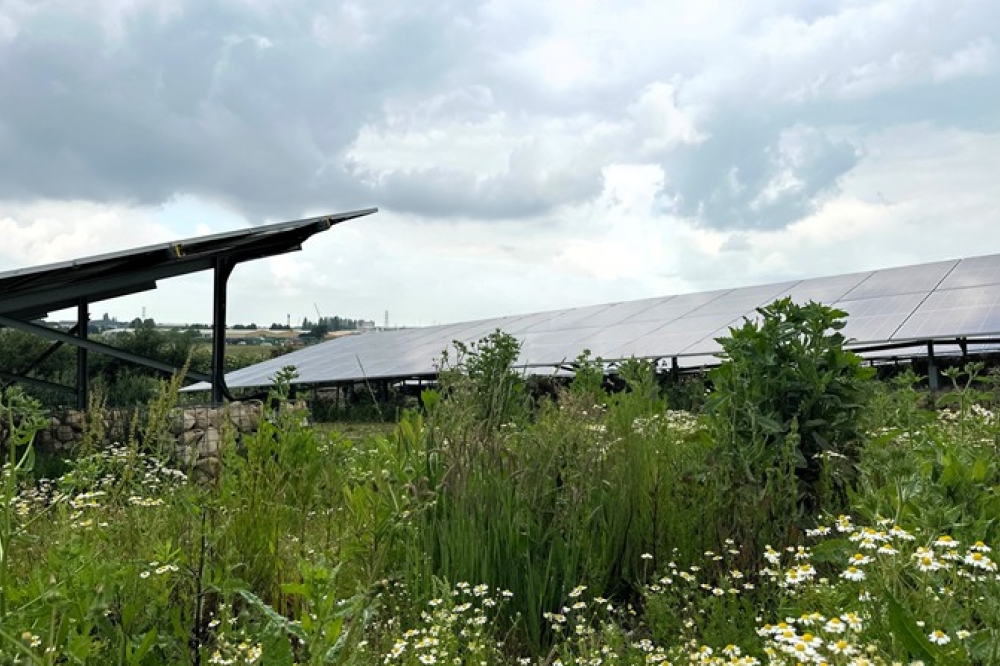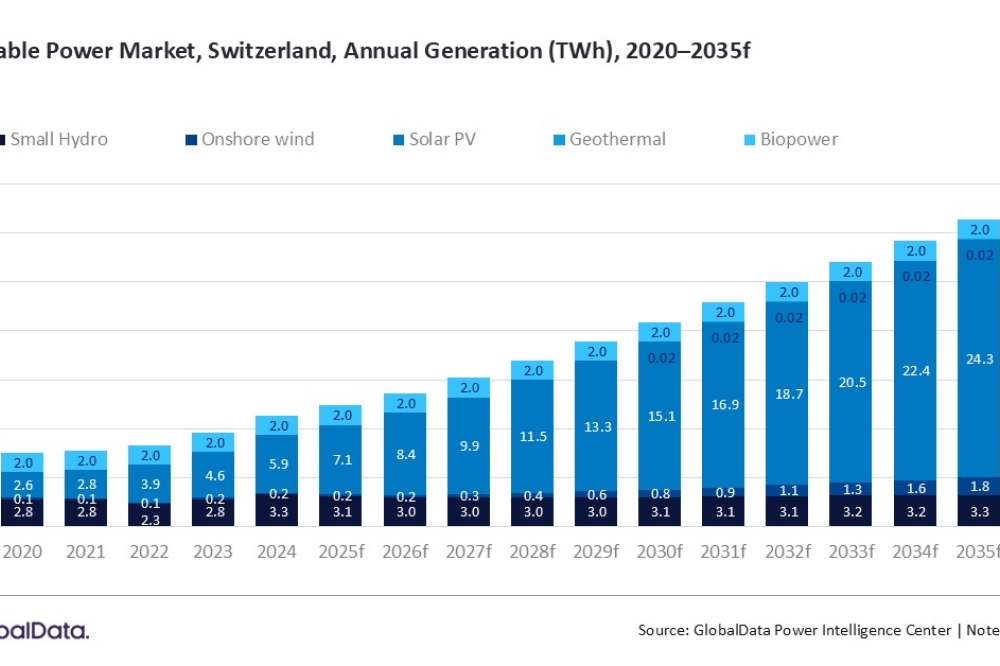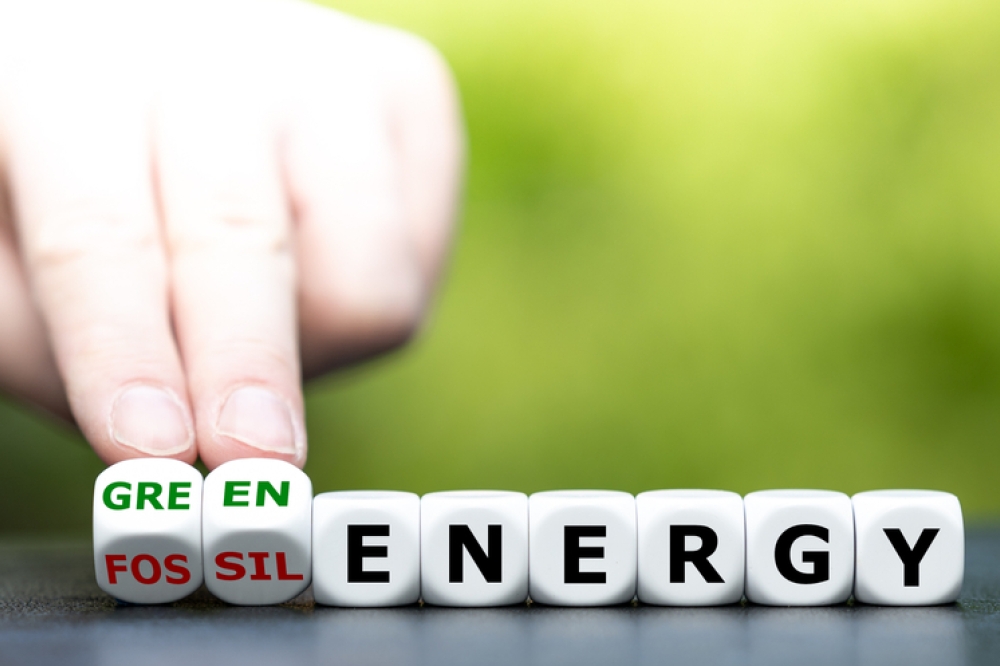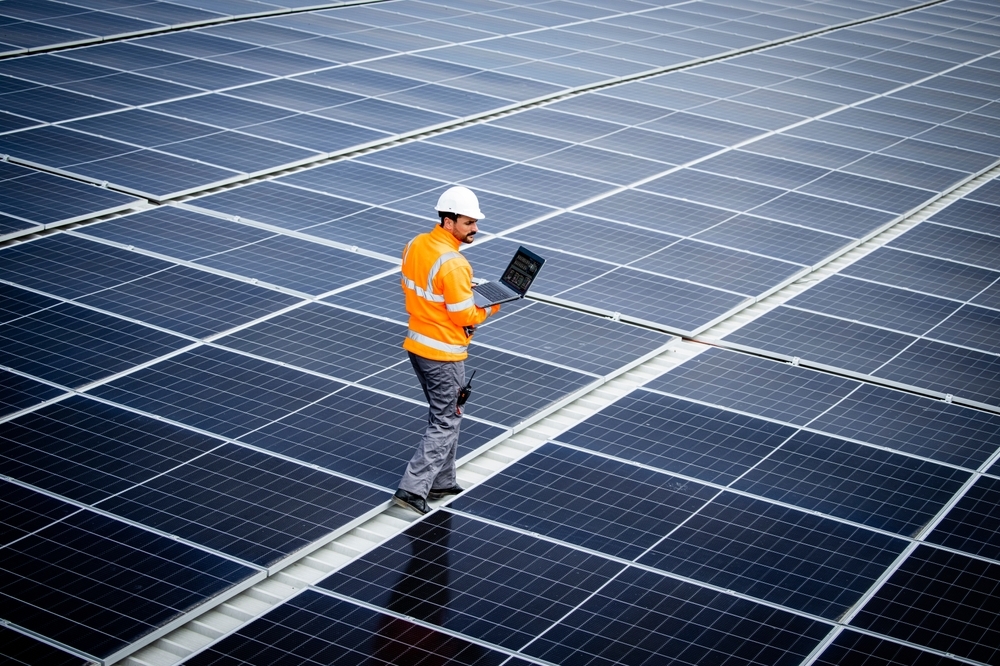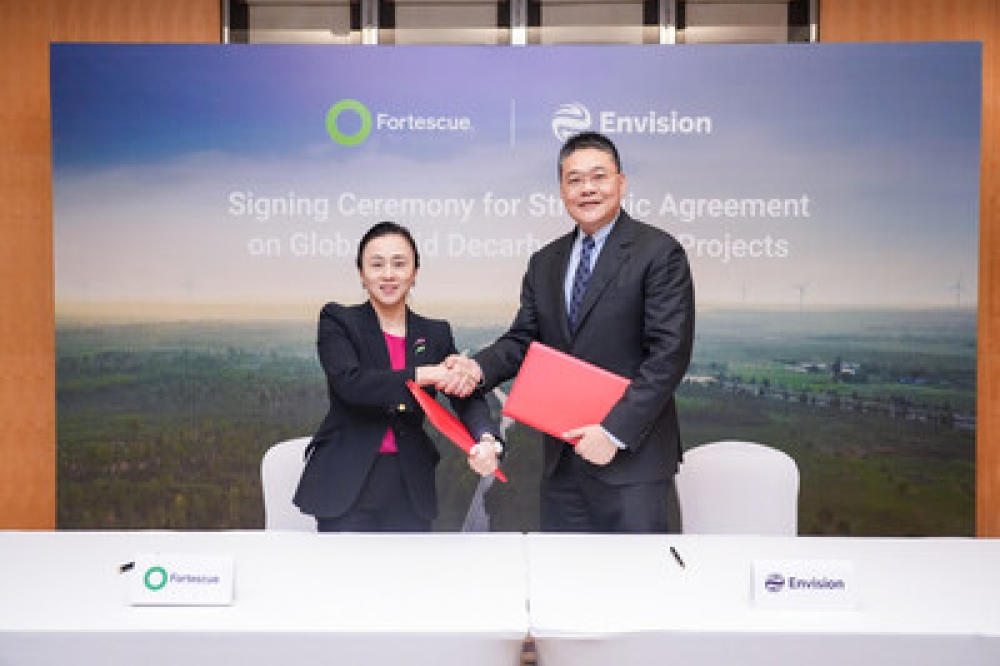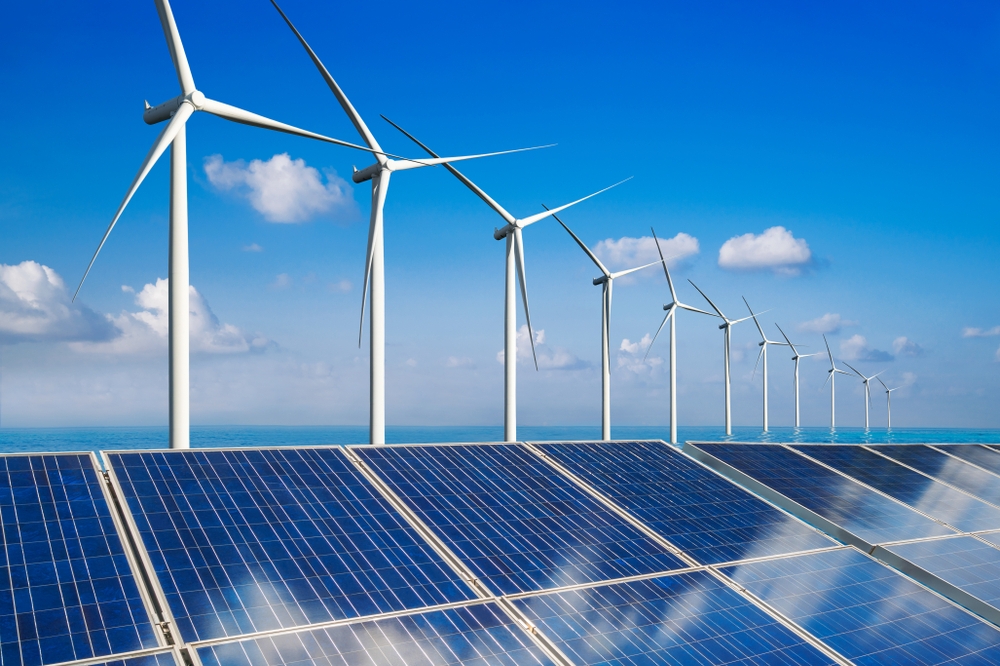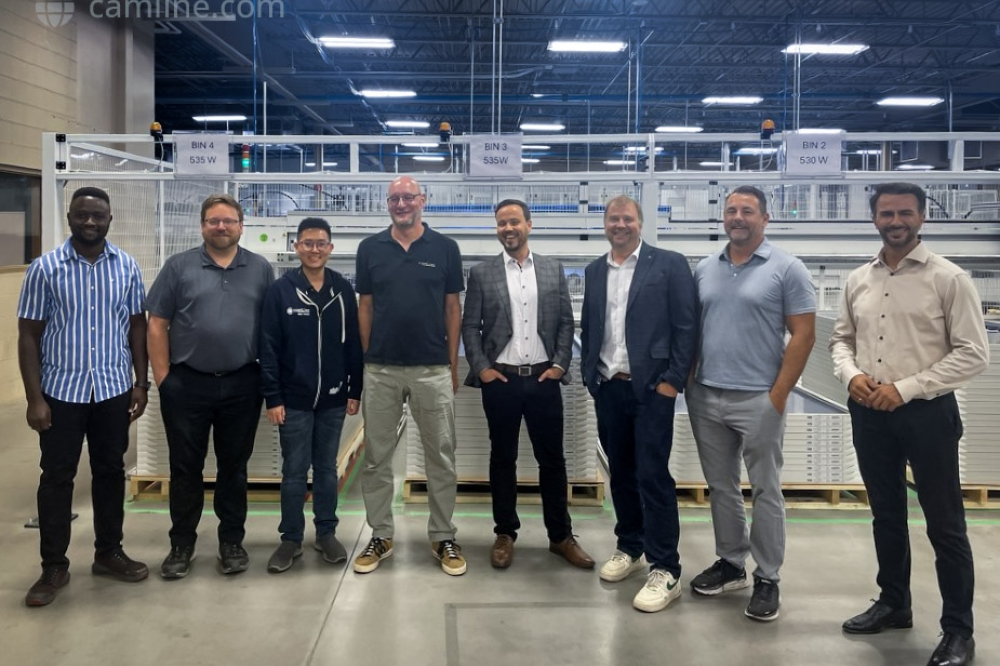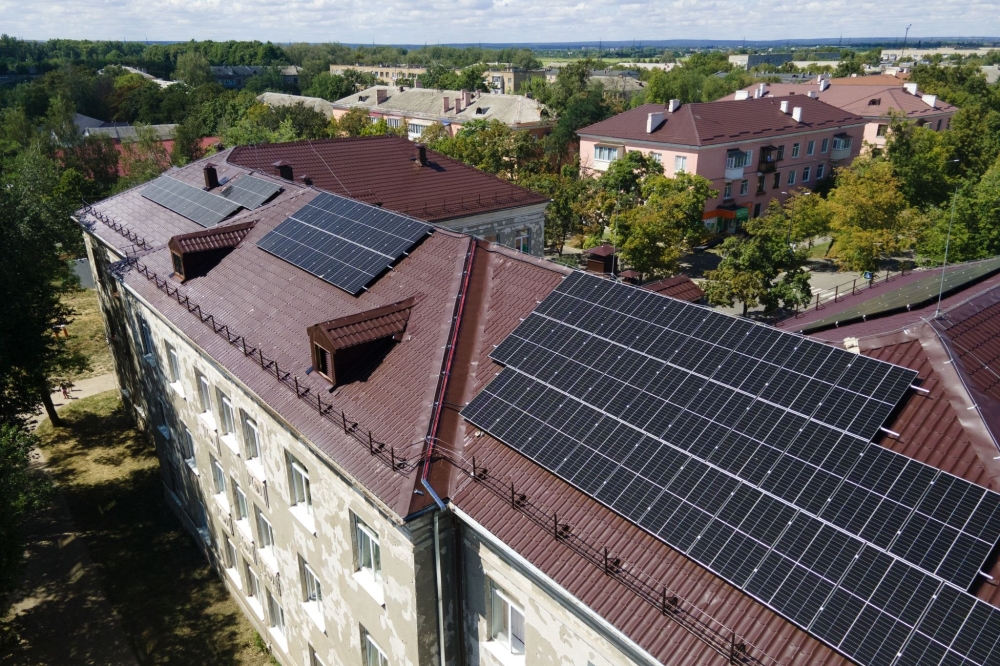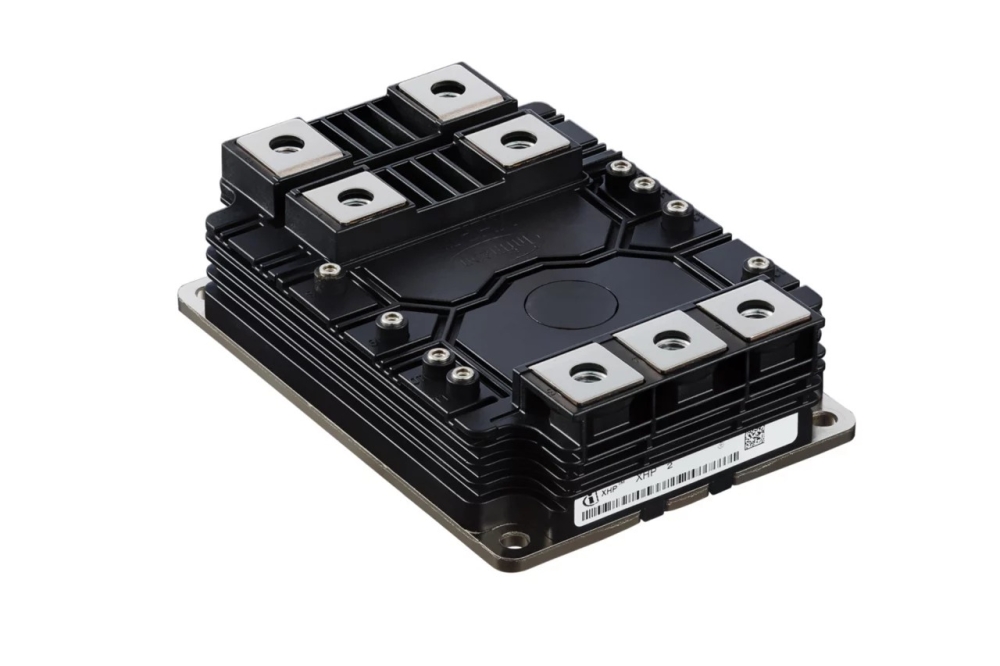Organic perovskite solar cells closer to commercial use
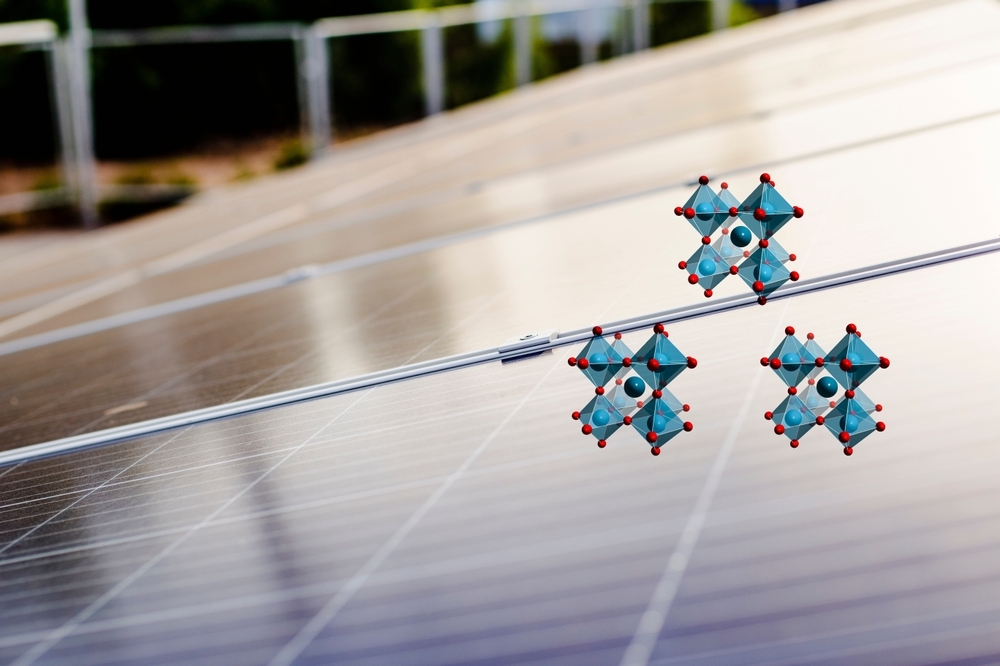
Scientists from Kaunas University of Technology (KTU), Lithuania, in collaboration with international partners, have achieved one of the highest efficiencies ever reported for fully inorganic perovskite solar cells – more than 21 percent.
They also demonstrated for the first time that these cells can operate stably for hundreds of hours, approaching the reliability of commercial silicon solar cells.
The study 'Cation interdiffusion control for 2D/3D heterostructure formation and stabilisation in inorganic perovskite solar modules', was published in Nature Energy.
“Perovskite solar cells are one of the fastest-growing solar technologies in the world – they can be lightweight, thin-film, and flexible, and most importantly, they are made from inexpensive materials,” says Kasparas Rakštys, a researcher at the Faculty of Chemistry at Kaunas University of Technology (KTU) in Lithuania.
However, the progress of these cells is limited by their biggest challenge – the relatively rapid degradation of perovskite, which leads to a decline in efficiency and material properties when exposed to changing atmospheric conditions such as humidity, temperature, or pressure.
To make perovskite technology commercially viable, ensuring its long-term stability is essential. One of the most important methods for reducing defects and protecting the surface from external factors is passivation. This process makes the perovskite surface more resistant to temperature, humidity, and other environmental conditions, thereby extending the device’s lifetime. “Passivation makes the perovskite surface chemically inactive, eliminating the defects introduced during production,” explains the KTU researcher.
This strategy works particularly well in hybrid perovskites – a thin 2D layer on top of a 3D perovskite surface not only protects the material from moisture but also improves its efficiency and durability. However, with completely inorganic perovskites, the situation is much more complicated. “Simply put, 2D layers do not stick to pure inorganic perovskite,” says Rakštys.
Working with their partners, KTU scientists set out to solve this problem. The solution was found in a KTU laboratory, where perfluorinated 2D ammonium cations were synthesised. Fluorine atoms, being strongly electronegative, reduce the electron density of the ammonium group enabling the hydrogen bonding between anchoring ammonium group and lead iodide fragments.
“The result was the formation of a stable 2D layer on the surface of the 3D inorganic perovskite. This time, the 2D layers finally adhered, forming robust heterostructures that remain stable even at high temperatures,” Rakštys emphasises.
This achievement is particularly significant at a fundamental level. Until now, it was believed that such structures were difficult to achieve in fully inorganic perovskites. The successful creation of stable 2D/3D heterostructures opens up new possibilities in materials chemistry and provides more tools for scientists developing more reliable solar technologies.
By integrating this passivation strategy into solar cells, the team achieved one of the highest efficiencies to date – more than 21 percent. Moreover, when constructing perovskite solar mini-modules with an active area more than 300 times larger than that of standard laboratory-tested perovskite cells, these mini-modules reached an efficiency of almost 20 percent.
They also demonstrated stable operation for more than 950 hours at 85°C under continuous light.
According to the KTU expert, this is one of the best results ever recorded for devices based on fully inorganic perovskites. “Although solar cells do not normally reach such high temperatures under real operating conditions, these standardised stability tests are used to assess their long-term durability, and such high stability is practically comparable to the requirements of commercial silicon cells,” he adds.
Reference
Liu, C., Yang, Y., Fletcher, J.D. et al. Nat Energy 10, 981–990 (2025)




